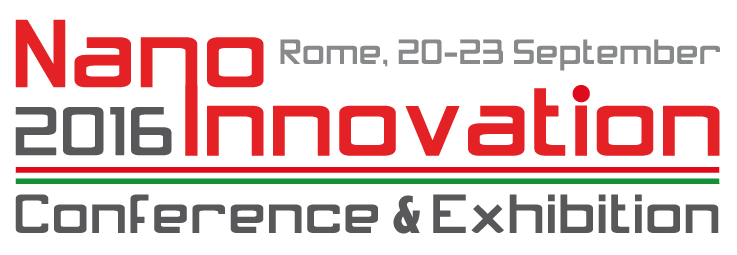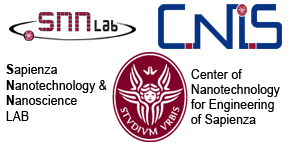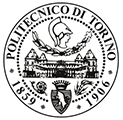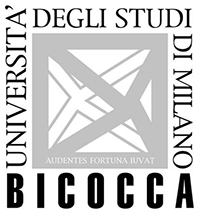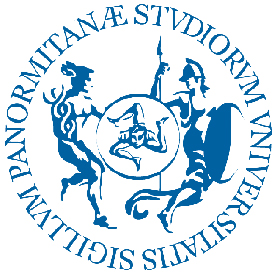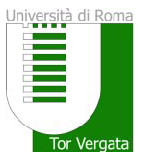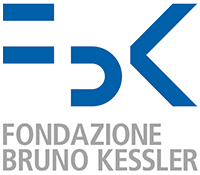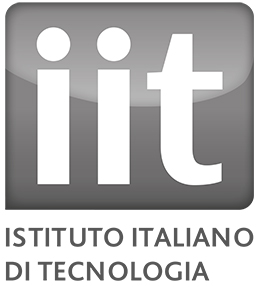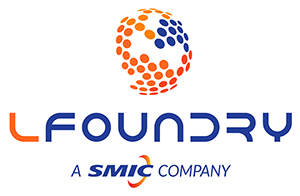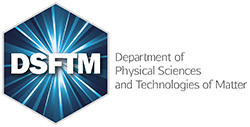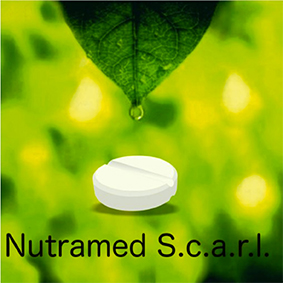TS.VI.D.3
Magnetic domain wall tweezers: a nano-tool for mechanobiology at subcellular level
Riccardo BERTACCO, Dept. of Physics, Politecnico di Milano
In vitro tests are of fundamental importance for investigating cell mechanisms in response to mechanical stimuli or the impact of the genotype on the cell mechanical properties. In particular, the application of controlled forces to activate specific bio‐pathways and investigate their effects, mimicking the role of the cellular environment, is becoming a prominent approach in the emerging field of mechanobiology. Here, we present an on‐chip device based on magnetic domain wall tweezers (DWTs), which allows for the application of finely controlled and localized forces on target living cells.
DWTs are based on magnetic Domain Walls (DWs) nucleation and displacement in ferromagnetic conduits. In properly designed nano- and microstructures, DWs exert an intense stray field gradient, which allows for trapping and finely manipulating single superparamagnetic beads, when a low intensity external magnetic field (He) is applied. To this scope, micrometric Ni80Fe20 rings are patterned on a Si/SiO2 chip where HeLa cells are afterwards cultured, and magnetic particles of 1 µm and 500 nm are manipulated via the application of a rotating He= 300 Oe. We show the possibility to trap and handle with high resolution (down to 100 nm) magnetic particles towards a target cell membrane, thus exerting a magnetic force (Fm) on the cell of the order of hundreds pN. Such mechanical stimuli produce a sizable local deformation of the cellular membrane, on the order of a few microns. The membrane indentation observed during the experiments is precisely quantified by a cellular profile analysis (see Figure 1) and upon evaluation of the beads position within the magnetic field originated by the domain wall, the force applied during the experiments can be accurately quantified via micromagnetic simulations.
Moreover, we demonstrate that our device is suitable for the manipulation of magnetic beads inside the cell cytoplasm. This allows to apply controlled mechanical stimuli on the cellular nucleus or to transport biomolecules with high resolution inside the cell, in a completely biocompatible way. To this purpose, 500 nm particles are microinjected in the cell cytoplasm using micrometric glass needles and precisely manipulated applying a rotating magnetic field.
Back to TS.VI.D
